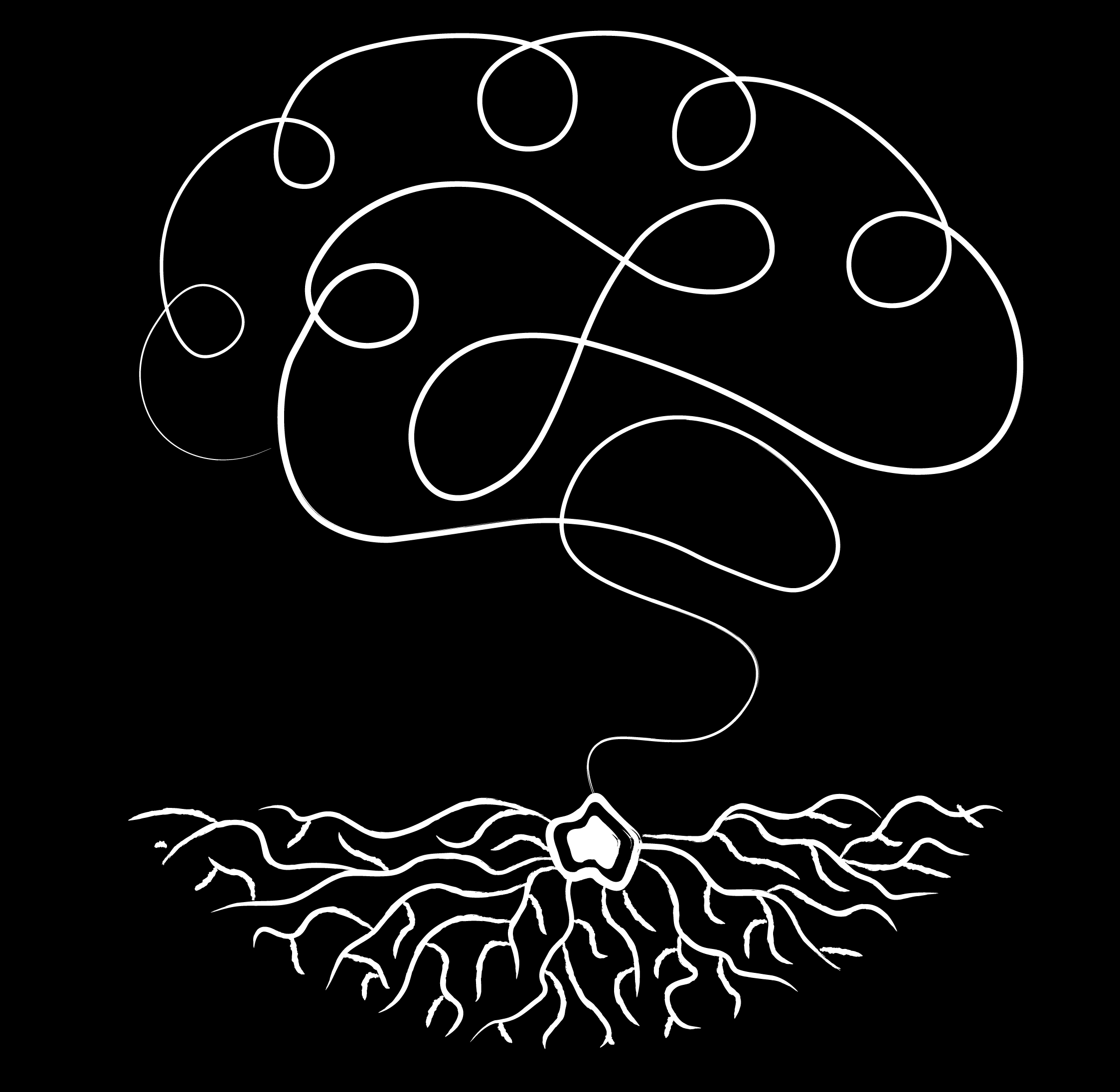
📚 Miniscope Processing Pipeline Guide
Overview
This guide walks through the complete miniscope calcium imaging processing pipeline.
Quick Start
- Initial Setup
- Install and launch MPS (Windows installer or macOS app)
- Loading Data
- New Analysis: Start at Step 1 (Project Configuration)
- Existing Analysis:
- File → Load parameters file
- Load previous data and choose the step to resume
- Automation → Toggle / Run (all or from current)
License: Licensed under the Apache License, Version 2.0 (the "License"); you may not use this file except in compliance with the License. You may obtain a copy of the License at http://www.apache.org/licenses/LICENSE-2.0
Table of Contents
Getting Started
Initial Setup
Launch MPS from the installer-created shortcut (Windows) or the app bundle (macOS).
Load Data
- File → Load parameters file (optional)
- Enable automation to run multi-step pipelines unattended
- Resume from previous cache by selecting the directory and target step
Pipeline Steps
Step 1: Project Configuration
Required inputs:
- Animal ID
- Session ID
- Input directory
- Output directory
Advanced: Dask workers (8), memory limits, % of video for tests.
Step 2: Data Preprocessing
2a: File Pattern Recognition
- Regex for your video files (.avi default works)
- Use an LLM to draft regex from an example path
2b: Background Removal & Denoising
Denoising: Median, Gaussian, Bilateral, Anisotropic (trade speed/edges).
Background: Tophat (robust), Uniform (fast/simple).
2c: Motion Correction
- "frame" mode; expect high RAM usage
- Recursive phase correlation
2d: Quality Control
- Threshold factor: SDs above mean to drop frames
2e: Data Validation
- Keep fill=0; validate transformed data
2f: Preview Results
- Subset check; saves only stats
Step 3: Spatial Cropping & Initialization
3a: ROI
- Keep crop tight; test on 10% data first
3b: NNDSVD Initialization
- Components, power iters, sparsity, reg, chunk size
3c: Early Analysis Option
Some workflows stop here for prelim results.
Step 4: Component Detection
4a: Watershed Search
- Min distances, threshold relativity, sigma values, sample size
4b: Apply Best Params
4c: Merging Units
4d: Temporal Extraction
4e: AC Initialization
4f: Final Component Prep
4g: Temporal Merging
Step 5: CNMF Preparation
5a: Noise Estimation
5b: Validation & Setup
Step 6: CNMF Processing
6a: YrA Computation
6b: YrA Validation
6c: Parameter Suggestion
6d: Update Temporal Components
6e: Filter & Validate
Step 7: Spatial Refinement
7a: Dilation
7b: Clustering
7c: Bounds
7d: Suggestions
7e: Spatial Update
7f: Merging & Validation
Step 8: Final Processing & Export
8a: YrA
8b: Final Temporal Update
8c: Filtering & Export (Zarr/NumPy/JSON/Pickle)
Tips & Best Practices
- Start small (10% data)
- Monitor memory
- Autosave
- Check intermediate steps (2f, 6b)
- Over-segment then merge
- Use temporal chunking for long videos
Common Issues & Solutions
Memory errors in YrA
- Smaller batches; float32; raise dask memory
Fragmented components
- Lower penalties; lower min-STD
Too many spurious units
- Increase min size; conservative thresholds
Noisy traces
- AR p=2; higher sparse penalty; verify noise map
Interpreting Results
Review A (spatial), C (calcium), S (spikes), QC metrics. Cross-check against videos.
Advanced Features
Line Splitting Detection
import numpy as np
def detect_line_splitting_frames(xarray_data):
left_edge = xarray_data.isel(width=slice(0, 20))
left_edge_means = left_edge.mean(dim=['height','width']).compute()
overall_mean = left_edge_means.mean().item()
overall_std = left_edge_means.std().item()
threshold = overall_mean + 2 * overall_std
return np.where(left_edge_means > threshold)[0].tolist()
Automation
- Automation → Toggle Autorun / Run All / Run From Current
- Save & load parameter files between datasets